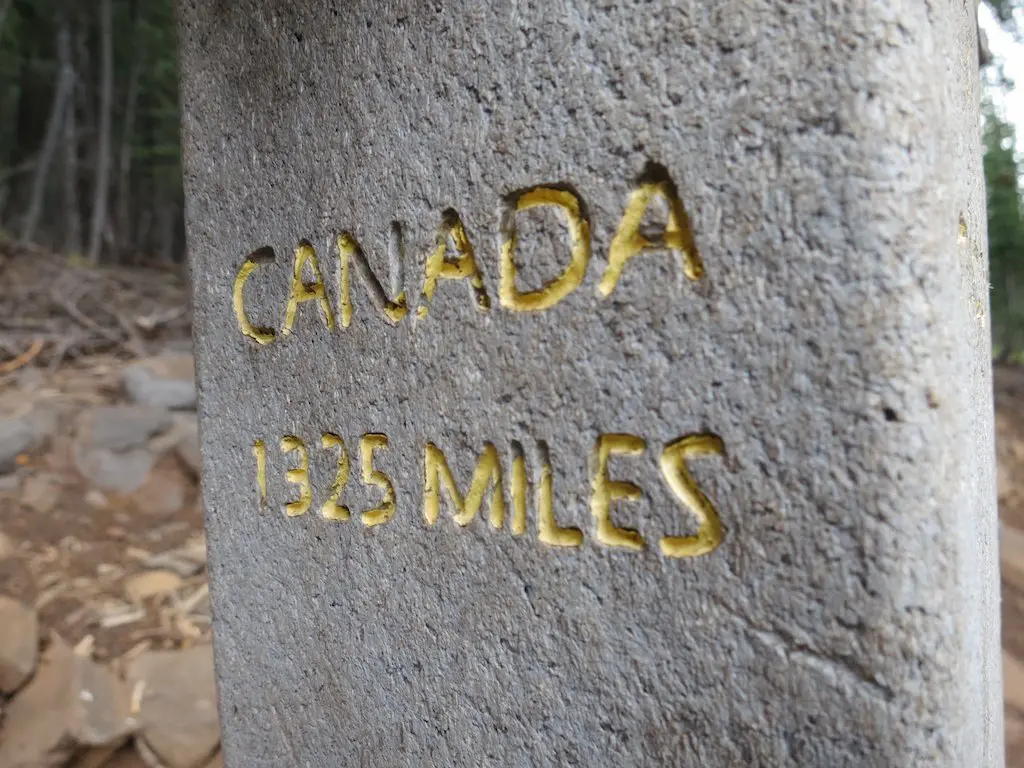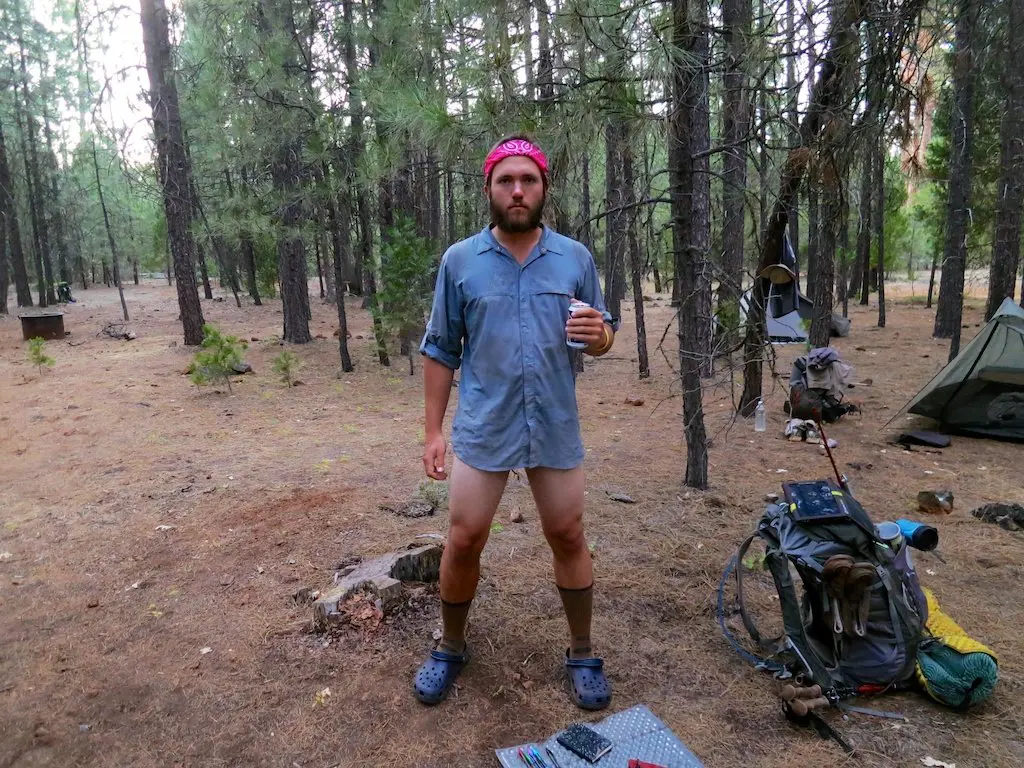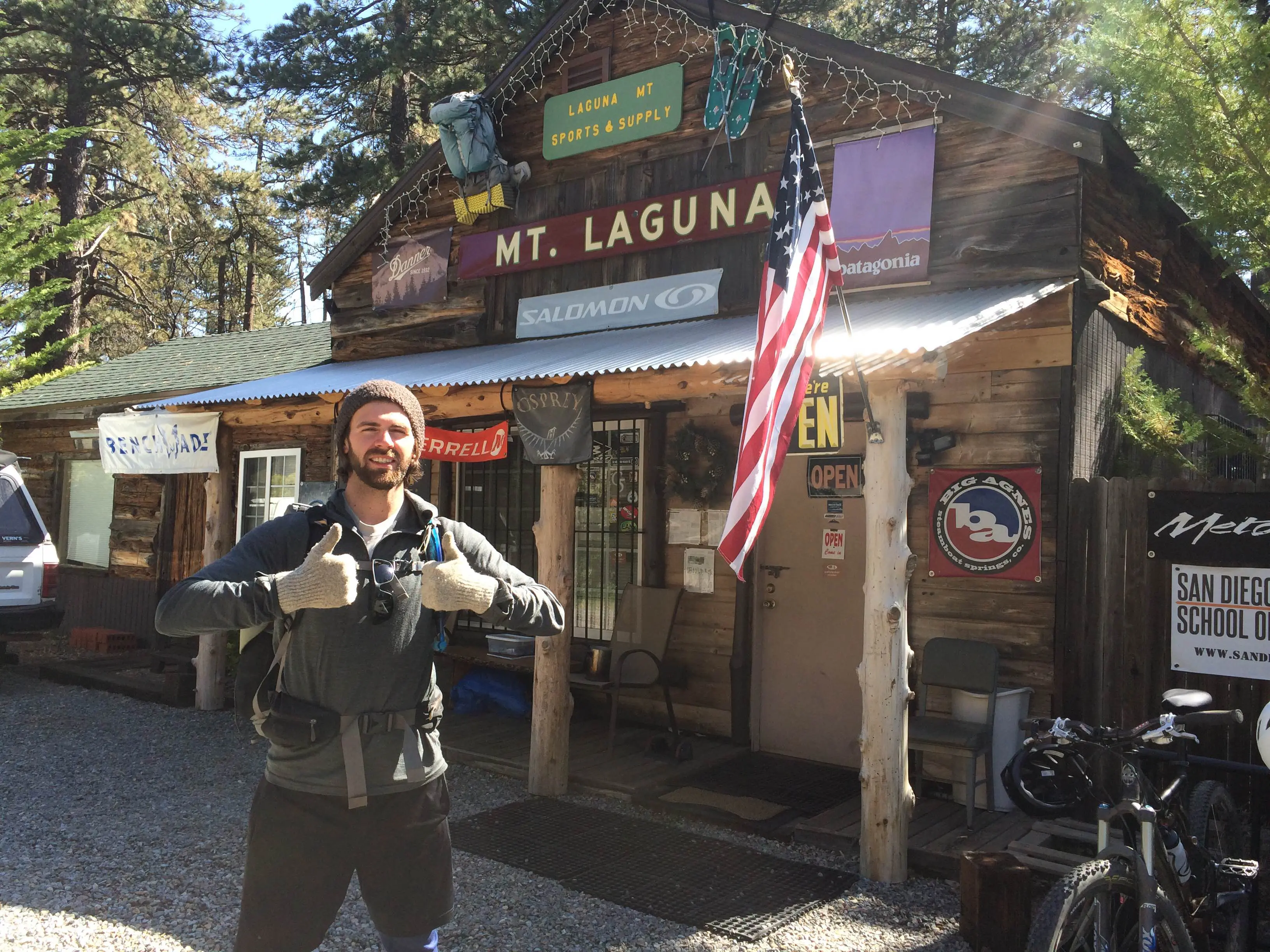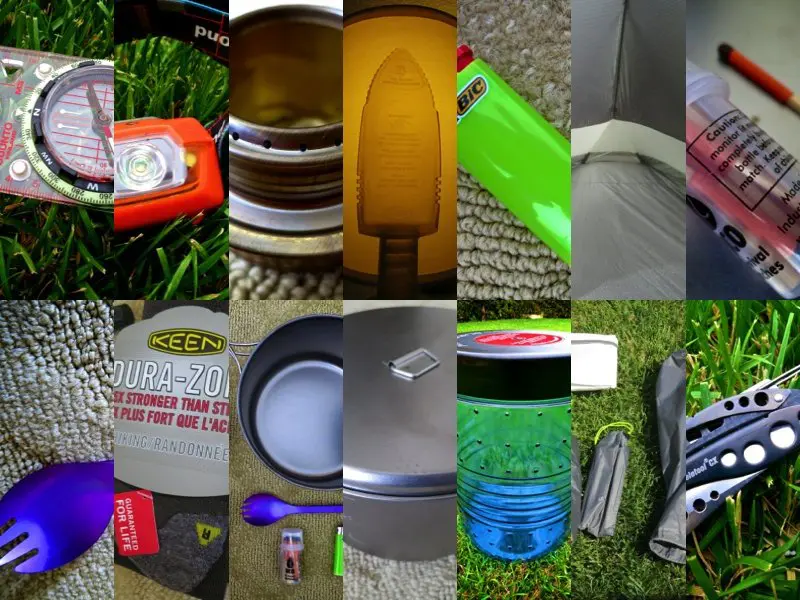Going Stoveless On The Pacific Crest Trail
People make a lot of fuss when it comes to what cooking system to bring along on the Pacific Crest Trail, but I have a simple solution to everyone’s problem: go stoveless (that means “no stove” for anyone who has problems with suffixes).
An unthinkable act of trail heresy for many, the idea of not bringing a stove along may not even be an option considered by many hikers.
I recently took a hike up the Haleakala volcano on Maui (documentation to come), and encountered a ranger who decided to lecture me on LNT and backcountry skills. When the topic of cooking came up I informed the ranger that I was not carrying a stove. “How are you going to cook food, then?” she asked. Disappointed by the question I shook my head and hiked on.
You need food to survive, you do not need a stove.

STOVELESS CONS
I will admit that some people on the Pacific Crest Trail had some objectively amazing dehydrated meals prepared and shipped in their resupply boxes, and sometimes I was lucky enough to be offered some of this delicious hiker food (thanks Hummingbird and Bear Claw).
But the reality is that I often sat quietly munching on a bar or some gorp as I watched my hiking buddies prepare their food for the night (but if it was late, then I was happy to be getting quickly to sleep).
So why is it a bad idea to leave your stove behind?
- You cannot make your morning coffee (I hate coffee)
- Stoves are far easier and more efficient than a campfire (for cooking)
- Building fires is often illegal or dangerous (stoves can be too)
- No hot meals (find another way to combat hypothermia)
- Sometimes your stoveless creations turn out less delicious than expected
- Not having anything to cook can outcast you at dinner time (loser)
Not bringing a stove also means that you do not get to share in the excitement of being afraid of igniting a wildfire every time you want a meal; my alcohol stove was quite terrifying at times.

NO STOVE PROS

So what are you really getting by carrying a stove? Ramen? Dehydrated mashed potatoes? The ability to accidentally set fire to the surrounding wilderness?
The fact is that you do not need a stove whilst backpacking. It is a luxury. Hot food and hot coffee are not a prerequisite to survival (although I know many of you out there believe otherwise).
So what are the benefits of leaving the cooking gear at home?
- The weight savings of a stove, pot, and fuel
- Save the space of the stove, pot, and fuel in your pack
- Time savings (cooking takes time, and is rarely worth the effort)
- No need to worry about carrying extra water for cooking
- It’s a conversation starter (many fellow hikers cannot believe that you would dare travel sans stove)
- More incentive to build a relaxing (and rewarding) fire
- Less decision-making when it comes to buying food
- Decreased chances of becoming “that hiker” who starts a wildfire and ruins hiking for everyone
- Makes meals in town that much better
- Washing your pot sucks
As you can now see, going stoveless does indeed have its advantages, and may not be quite as terrifying as you previously thought.
Really want a hot meal? If you are thru-hiking, then chances are you will make plenty of hiker friends who will happily lend you their stoves on occasion (although you may need to pack out a Coke or two to sweeten the deal).
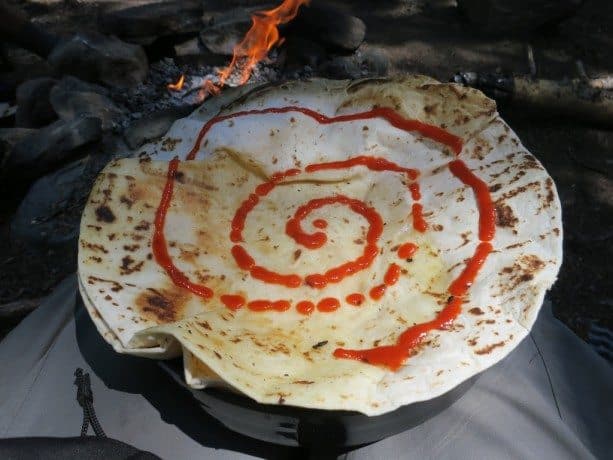
The verdict? Leave the stove at home.

